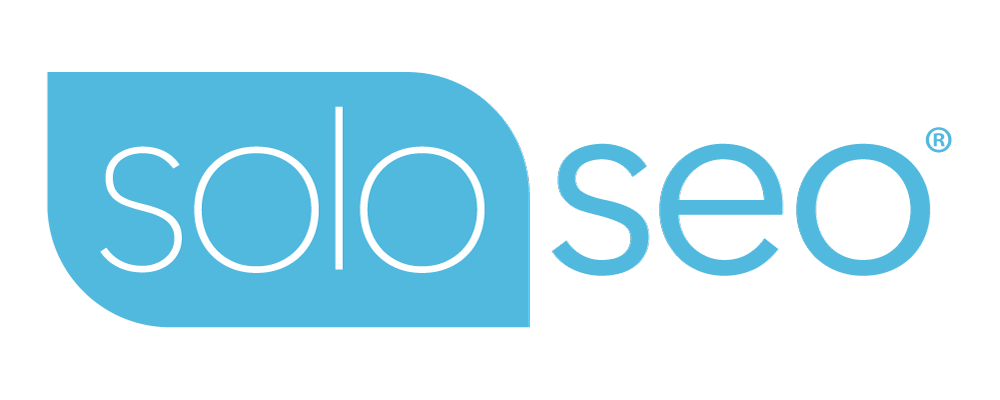If you take a step back and look at it, the SEO industry is rather odd. SEO experts who are paid thousands of dollars by companies will also freely share tips, tricks, principles, pricing structures, and SEO advice. Then we come to the tools, where there are literally thousands of free SEO tools spread across the web, helping you check backlinks, perform keyword research, and measuring various metrics.
The free help and advice from the experts is fantastic. The free SEO tools, however, have some issues that can make SEO more difficult than it needs to be. The following reasons explain why paid SEO tools have many advantages over free SEO tools and lead to better and more productive SEO.
1) Reliability: Free tools are not well supported by their authors because there is little to no incentive to make sure the tool is always working and available for use. There can even be disincentives to the authors, paying for bandwidth or API usage without compensation from users of the tools. If programmers can either be assigned to work on a client’s site or to fix/update the free tool, the client obviously comes first. Paid tools on the other hand give an incentive to the authors for support and maintenance of the tool because users expect tools they pay for to work and be reliable. Using programmer resources on the part of the tool author to fix/update the tools pays for itself in maintaining and attracting paid tool clients.
2) Accuracy: Although some free tools are accurate, there is little motivation for free tool authors to improve and update algorithms, sources, and other factors involved in determining the results of the tools. Authors with paid tools are motivated to stay on top of their tools and when accuracy is in question, they’ll hear about it from their clients, and have motivation to make changes.
3) Convenience: We’ve all been there, trying to find that one tool I used that one time at that one site. Our paid tool set, SoloSEO, makes it much more convenient for you to use your tools. One site to bookmark, one login to remember, and you’ve got access to all the SEO tools you’ll need under one roof.
4) Integration: Having free SEO tools scattered all over the web is not only a hassle, but there’s no chance for integrating these tools together. SoloSEO has put together an integrated system for managing keywords, link building, and content tracking. You can use keyword tools directly from keyword and link lists, for example. The tools and lists work together so you’re not copying and pasting from an Excel file all day long.
5) Innovation: It’s hard to innovate when there is no driving force. When I am working on new tools or reports I am motivated by our potential to attract new subscribers and keep current subscribers happy. With free SEO tools, typically the author has bigger fish to fry than to think of new free SEO tools, or how to make them better.
6) Support: The authors of free tools usually give little to no support for their tools. They have regular jobs that actually pays them, and these types of things are more important for his/her time. With Paid SEO Tools, you have support from either the authors or a support team in case of problems or issues that come up. With a paid SEO tool you will usually get a response back within 24 hours, but with free SEO tools it is up to the convenience of the author.
7) Feedback: With paid SEO tools you should find that your feedback really counts and may even be implemented into the tools. With free SEO tools, the authors again have little motivation to put time and resources into something that does not generate revenue. At SoloSEO we have a feedback form right in the system. We try to answer all questions within 24 hours, and we have implemented more than a dozen suggestions from our customer base.
8) Keeping Track: Almost all free SEO tools do not offer to save your data, as this takes up resources on their server. Paid SEO tools want to make the tools as convenient and as helpful as possible, and so paid tools are more apt to save data, preferences, and the like.
9) Ease of Use: Paid SEO tools are very concerned with the interface, its appearance and functionality. You can easily find many U-G-L-Y free SEO tools that make you shiver just by looking at the form to use the tool. SoloSEO utilizes a simple yet functional interface, similar to WordPress admin, in having a main menu and sub menu to give you quick and simplified access to all the tools available.
10) Data Resources: Free SEO tools use free data resources to supply their results. SoloSEO (a paid SEO toolset), provides WordTracker data for keyword research (that alone is worth $57/month), and access additional data from Google, Alexa, and Amazon all in one system.
Now I’m not trying to say that all free SEO tools are bad, but I am saying there are inherent problems in the “model” of free SEO tools. I’ve also been trying to not make this an advertisement of SoloSEO, so forgive me if I failed, but there are areas where SoloSEO really fills a void in terms of powerful, integrated SEO tools (that’s why we started SoloSEO frankly). If you haven’t tried SoloSEO yet, now’s a great time to start a 2-week trial. It’s only $29/month after the free trial and you can manage 5 domains for that price ($4/each/month after). SoloSEO really pays for itself by saving you time, making you more efficient, and you even get access to data like WordTracker that you may already be paying for.



